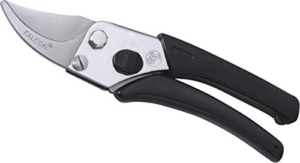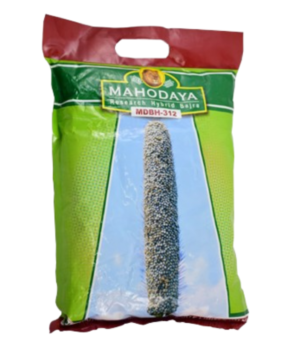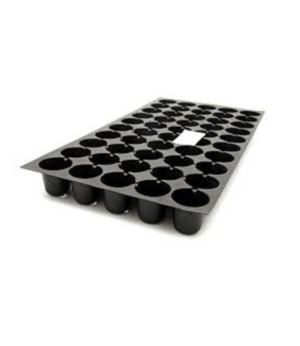US Numeric Size
Waist
US Denim Size
Hip
Chest

5 in stock
Flash Sale end in:

5 in stock
9 in stock
8 in stock
10 in stock
10 in stock
We want you to be happy with your purchase and we apologize if it is not. For whatever reason that you are not satisfied, we would be most happy to provide exchanges and returns for all items purchased from us if the following conditions are met.
All exchanges and returns would need to be raised within 10 days of the invoice date for Singaporeorders, and 20 days for overseas orders. For local deliveries, there is an option to exchange at any of our boutiques within Singaporeor through our online portal at www.company.com. All requests for returns however, would need to be strictly made online at www.company.com for both local and overseas deliveries.
All exchanges and returns would need to be raised within 10 days of the invoice date for Singaporeorders, and 20 days for overseas orders. For local deliveries, there is an option to exchange at any of our boutiques within Singaporeor through our online portal at www.company.com. All requests for returns however, would need to be strictly made online at www.company.com for both local and overseas deliveries.
For raking, leaves,weeds and grass cutting in beds
Spring brace rake
Steel Tubular Handle
Adjustable leaf rake
Engineering Plastic
PVC Grip
Before pruning, observe your plant carefully. Look for dead, diseased, or damaged branches that need to be removed. Pruning can also help shape plants, encourage new growth, or manage their size.
If you are trimming live branches for maintenance or aesthetics, make sure not to remove too much at once.
Prepare the Tool:
Inspect the Falcon Pruning FineCut pruners. Make sure the blades are clean and sharp. A sharp tool ensures cleaner cuts and reduces the risk of damaging the plant.
If the tool has a locking mechanism, unlock it before use. After finishing, be sure to lock it back to avoid accidents.
Position the Pruner:
Hold the pruning tool with a firm grip. Use your thumb and forefinger to squeeze the handle and bring the blades together.
Position the pruner’s blades around the branch you intend to cut, ensuring that the blade’s sharp edge is against the side of the stem you want to remove.
Make the Cut:
Apply pressure on the handle to bring the blades together. For thinner or smaller branches, it should be relatively easy. For thicker branches, you may need to apply a little more force.
Always cut at a slight angle, ideally just above a bud or node (where new growth may sprout). This will help the plant heal and continue growing from the cut point.
Avoid cutting too close to the bud, as this may damage it. Also, don’t leave too long a stub, as it could lead to disease or pest issues.
After the Cut:
For larger cuts (such as removing a branch or limb), it’s important to allow the plant time to heal. Some plants may develop a protective barrier around the cut, but excessive or improper pruning can lead to disease or rot.
Clean your pruning tool after each use to prevent the spread of disease between plants.
If pruning for aesthetic reasons, step back and assess the overall shape of the plant. Make sure you’re not removing too much foliage, which could stress the plant.

You can ask anything you want to know about our products
onlinestore@shetiudyog.com


Reviews
There are no reviews yet